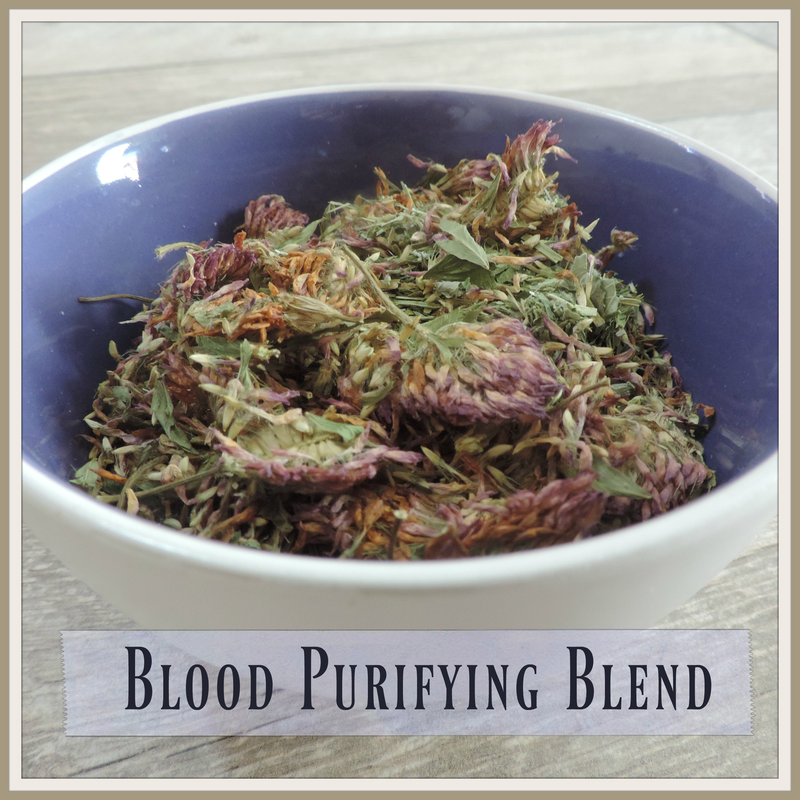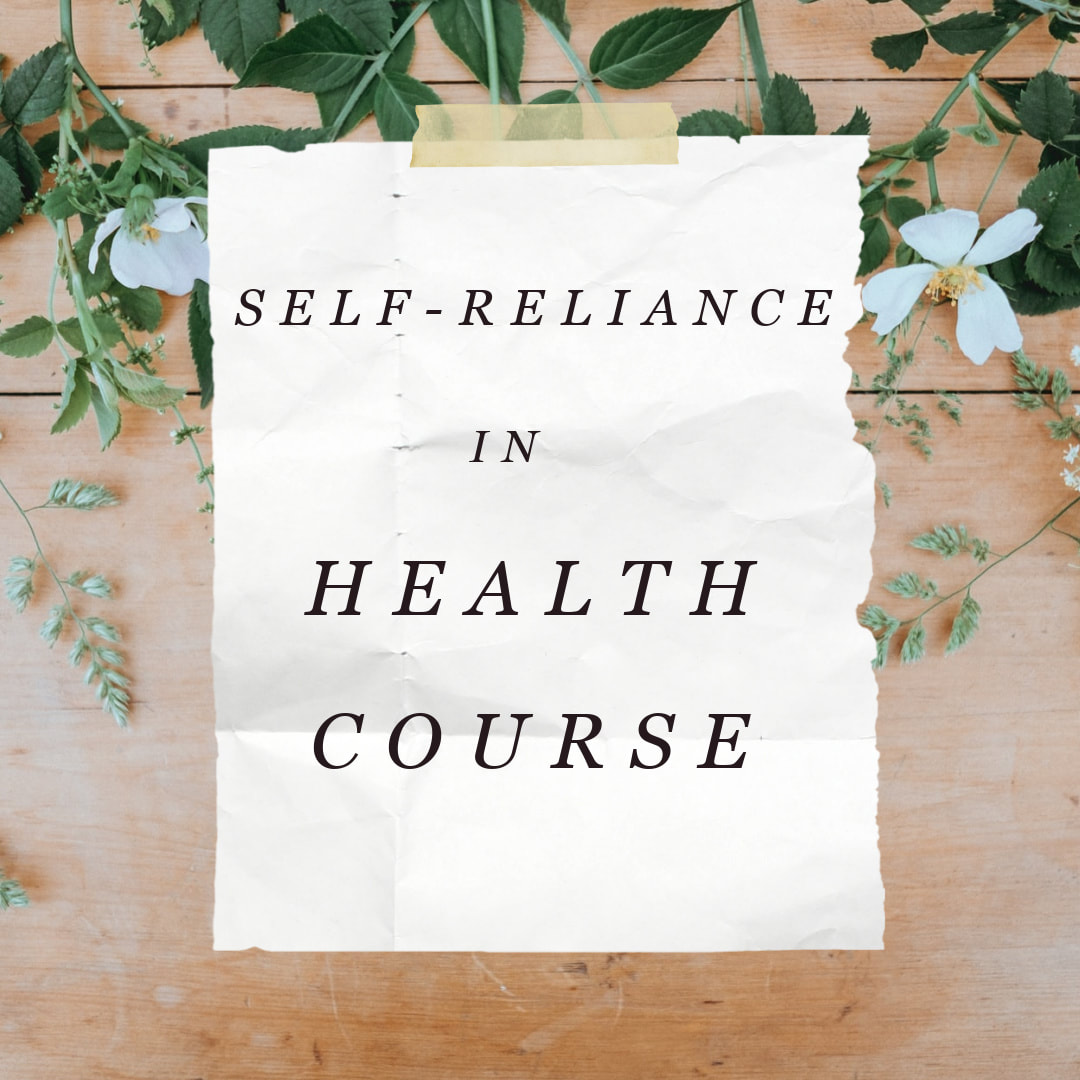Family: Leguminosae, other members include beans and peas
Subfamily: Trifolieae, clover family
Parts used: leaves and flowers, sprouts can also be eaten but the healing properties lie in the leaves
Alfalfa means - father of all foods. This is very fitting since it has the largest array of vitamins and minerals which feed every body system and in turn brings balance to the body. This is one herb that cannot be given a list of what it does (although I have tried to do that here) because it does so many things. I find myself putting this into many blends as I feel directed by the spirit, even though it may not "fit" into a certain category. So keep that in mind when learning about and using this "King of Herbs".
Herbal Actions
- alterative
- antipyretic
- antifungal
- anti-inflammatory
- astringent
- bitter
- diuretic
- nutritive
- pectoral
- refrigerant
- tonic
- estrogenic activity
Medicinal Properties
- Inflammatory conditions of all kinds: joint, prostate, injuries, pain, gout, etc.
- Blood cleansing and building, anemia
- Digestive problems, gastritis, constipation, appetite stimulant, bowel issues, etc.
- Ulcers and hemorrhoids
- Liver cleansing: helps with disorders and to strengthen and aid the liver
- Aids in water retention conditions due to diuretic properties
- Detoxifies kidneys, aids in cystitis and inflamed bladder conditions
- Skin conditions such as eczema and rashes due to cleansing action
- Reduces blood cholesterol levels, promotes normal blood clotting and reduction of plaque deposits on artery walls
- Helpful in controlling high blood sugar
- Allergies
- Body and breath odor due to its cleansing properties
- Bleeding gums
- Infections
- Burns, cuts, bruises, and prevention of scar tissue from forming
- Athlete's foot and other fungal infections
- Tonic for wasting conditions.
- Stimulates white blood cell production, strengthening the immune system
- Binds carcinogens in the colon and helps speed their elimination which may help prevent and fight cancer
- Alkalizes and detoxifies the body
Woman's Health
- Helps balance hormones
- Estrogen- deficiency osteoporosis
- Menopause and menstrual conditions
- Endometriosis
- Increase milk supply and nourishment in breastfeeding women
Nutrition
- One of the most mineral rich food known (due to the 30 foot tap root, which can go as deep as 125 feet)
- Digestive-aiding enzymes
- 8 of the essential amino acids
- Calcium, magnesium, phosphorus, potassium, folic acid, silicon, and many other minerals
- Virtually all know vitamins
- Highest chlorophyll content of any plant
- All minerals are balanced in alfalfa's whole form which promotes absorption
Methods of Use
- Tea (best form of use)
- Baths, compress (muscle soreness and edema)
- Juiced (can be freeze dried and powdered, 1 tsp. daily supplement)
- Extract (tincture, vinegar)
- Powdered, Capsules, Sprinkle, Pills
- Fresh – add to salads and other culinary creations
Cautions
- Pregnancy (phytoestrogens)
- Autoimmune disorders (immune stimulating)
- Heart disorders
- Hormone conditions (phytoestrogens)
- Those taking anticoagulants (blood clotting properties)
Wildcrafting/Harvesting
- I have just purchased organic sprouting seeds and use them to sow in my garden in the fall. I just toss a small handful around and come spring when it pops up, thin to about 18" apart.
- Although an original cultivated plant for cow and horse feed, the seeds have spread to fall on waysides, walking trails, fields, etc.
- Harvest once it starts blooming by cutting down to 3 inches, then dry. Or you can gather fresh as you want it and include in salads or other culinary creations.
Where to Get Alfalfa
Recipes
| |
Resources
The Illustrated Encyclopedia of Healing Remedies
Herbs to the Rescue
The New Healing Herbs
Prescription for Nutritional Healing
A Handbook of Native American Herbs
Botany in a Day
Nutritional Herbology by Mark Pedersen
The Way of Herbs by Michael Tierra
The How to Herb Book by Velma Keith
The Ultimate Healing System by Donald Lepore
Mountain States Medicinal Plants by Briana Wiles
The Green Pharmacy Herbal Handbook by James A. Duke







































